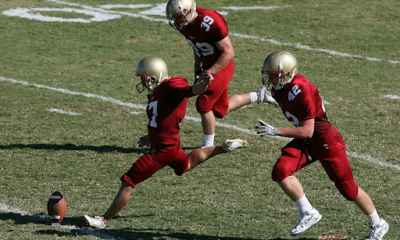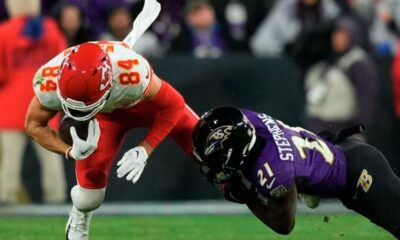
Fantasy football has become a beloved pastime for NFL fans, offering a chance to engage with the sport in a new and exciting way. Whether you’re new to the game or looking to improve your skills, these tips will help you build a competitive fantasy team. This guide will cover everything from draft strategies to managing your team throughout the season.
Understand the Basics
Before diving into strategies, it’s essential to understand the fundamentals of fantasy football. In a standard league, participants draft NFL players to form a team. Points are scored based on players’ real-life performances. The objective is to outscore your opponents each week and ultimately win the league championship.
Know Your League Rules
Every fantasy football league has its own set of rules and scoring systems. Familiarize yourself with these guidelines before drafting your team. Key factors to consider include:
- Scoring system: Understand how points are awarded for touchdowns, yardage, receptions, and other statistics.
- Roster positions: Know the required number of players at each position, such as quarterbacks, running backs, wide receivers, and tight ends.
- Draft format: Determine whether your league uses a snake draft, auction draft, or another format.
Conduct Thorough Research
Research is crucial for success in fantasy football. Stay updated on player performances, injuries, and team dynamics. Reliable sources include NFL websites, fantasy football websites, and sports news outlets. Pay attention to:
- Player rankings: Look at expert rankings and average draft positions to gauge player value.
- Injury reports: Keep an eye on players’ health status to avoid drafting those with lingering injuries.
- Team changes: Consider how coaching changes, trades, and free-agent signings impact player performance.
Develop a Draft Strategy
A well-thought-out draft strategy can set the foundation for a successful fantasy season. Here are some tips to help you draft effectively:
Prioritize Running Backs and Wide Receivers
Running backs and wide receivers are typically the backbone of fantasy teams. They often score the most points and have the most consistent production. Aim to draft at least one top-tier running back and one top-tier wide receiver in the early rounds.
Wait on Quarterbacks
While quarterbacks can be high scorers, the position is deep, and you can often find quality options in the middle to late rounds. Prioritize skill positions early and wait to draft a quarterback until the value is right.
Balance Risk and Reward
Every draft pick carries some level of risk, but you can mitigate this by balancing high-upside players with safer options. For example, drafting a promising rookie can pay off, but it’s wise to pair them with a proven veteran.
Focus on Depth
Injuries and bye weeks are inevitable, so it’s crucial to have depth on your roster. Avoid putting all your eggs in one basket by drafting a balanced mix of starters and backups at key positions.
Monitor the Waiver Wire
The waiver wire is a valuable resource throughout the season. Players who were undrafted or underperforming can become valuable assets as the season progresses. Regularly check for emerging talent and be proactive in making waiver claims to strengthen your team.
For instance, if you notice that a backup running back for the Los Angeles Chargers is getting more playing time due to injuries, picking him up could be a smart move. Keeping an eye on teams like the Chargers can also be beneficial for those interested in Los Angeles Chargers football bets, as player performance often impacts betting odds.
Manage Bye Weeks
Each NFL team has a designated bye week during the season. Plan ahead to ensure you have adequate coverage for these weeks. Avoid drafting too many players with the same bye week to prevent a significant drop in performance.
Stay Active and Adapt
Fantasy football requires ongoing attention and adaptation. Monitor player performances, follow injury updates, and adjust your lineup accordingly. Be willing to make trades to improve your team’s chances of success.
Trade Smartly
Trading can enhance your team, but it’s crucial to make informed decisions. Evaluate the value of players involved and consider how the trade impacts your roster balance. Avoid trading out of desperation and ensure both parties benefit.
Play the Matchups
Each week, analyze the matchups to maximize your team’s scoring potential. Start players who face weaker defense and consider benching those with tough matchups. This strategy can give you a competitive edge in close contests.
Have Fun and Learn
Fantasy football is ultimately about enjoyment and engagement with the NFL. Embrace the learning process, and don’t be discouraged by setbacks. Each season offers new opportunities to improve and refine your strategy.
Conclusion
Starting your ideal NFL fantasy team involves a blend of research, strategy, and active management. By understanding your league rules, conducting thorough research, developing a solid draft strategy, and staying engaged throughout the season, you can build a competitive team and enjoy the thrill of fantasy football. Remember, the most important aspect is to have fun and relish the excitement that fantasy football brings to your NFL experience.









